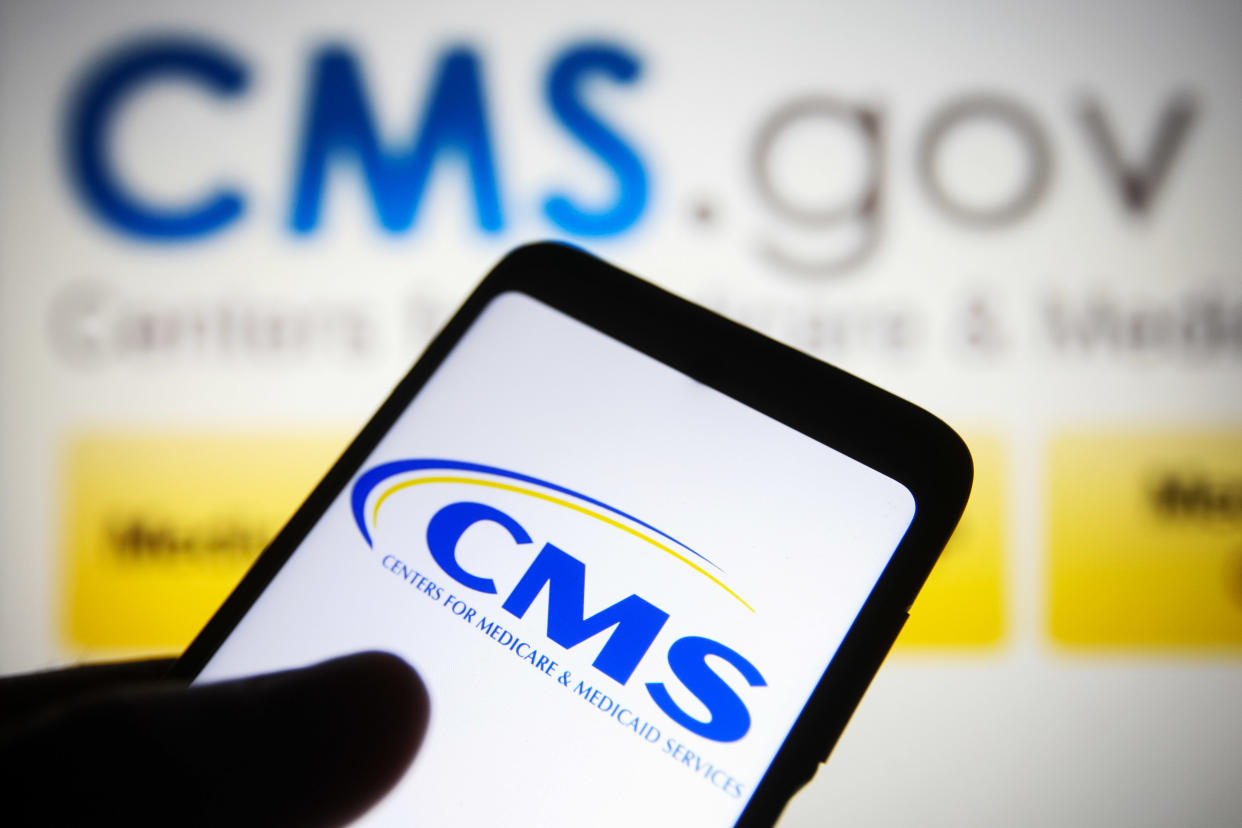CMS releases 'bombshell' guidance draft of Medicare drug price negotiations
The Centers for Medicare and Medicaid Services (CMS) released new guidance late Wednesday outlining its criteria for its newly granted powers to negotiate drug prices for Part D beneficiaries.
The ability to negotiate comes from the Inflation Reduction Act (IRA) and is the second notable action the agency took this week — the first being penalties for drug companies that increased prices faster than inflation of Medicare Part B drugs.
In the 91-page document outlining the new Part D drug guidance, CMS reiterates much of what is outlined in IRA, including the definition of which drugs would qualify, which excludes drugs that are the single available option for a specific disease (known as orphan drugs), as well as drugs from smaller biotech companies (a definition which is still being finalized, and companies will be annually assessed).
But there are also new details as to what Medicare will be considering when it negotiates the maximum fair price (MFP). Drugs that are the original brands for biosimilars (a biologic medical product that is almost an identical copy of a product manufactured by a different company), and biosimilars themselves, will not be considered. But generics, copies of synthetic drugs, will be. It will be possible to delay a negotiation for certain reasons, and there will be a resolution process set up for any disputes.

The document also outlines that the agency will first identify the top 50 most expensive drugs to Medicare, and then whittle away to the top 10 based on the various criteria laid out in the finalized guidance.
CMS Deputy Administrator and Director of Medicare Dr. Meena Seshamani also outlined a few key dates in the document. In September, the agency will reveal the first 10 drugs that will be negotiated. There will be a public comment, with input accepted by April 14, among others.
Experts had mixed reviews about the guidance, ranging from calling it a White House public relations stunt to being impressed with the depth of detail the guidance was providing.
Joseph Levy, assistant professor at Johns Hopkins Bloomberg School of Public Health, told Yahoo Finance the guidance is adding clarity to what was deemed a very vague law (IRA).
But, Levy says there is potential for confusion, especially as the prices being set also include multiple variables such as alternative therapies, and their prices, what other federal agencies are paying, as well as all dosages and forms of a product being grouped together.
Kaiser Family Foundation's deputy director of Medicare policy, Juliette Cubanski, said that while she is still wading through the 91-page document, her initial reaction was the guidance provides a much clearer roadmap for companies.
"At the same time, CMS is soliciting feedback on several pieces of this guidance, so it can’t yet be read as the final word on how the negotiation program will be implemented for 2026 – meaning there is plenty of opportunity for manufacturers and other stakeholders to weigh in on elements of this guidance," Cubanski added.
Seshamani has acknowledged publicly that she and her team have met regularly with all stakeholders, including drug companies, advocacy groups, patients and pharmacy benefits managers (PBMs) to walk through guidance language.
SVB Securities analysts called the document a "bombshell," saying that they expect shares of exposed companies to be under pressure — including Johnson & Johnson (JNJ).
Because having biosimilars appears to be a loophole for companies to use — which ideally leads to a competitive market and lower prices anyway — SVB suggests companies could engage in settlements with biosimilar manufacturers to launch ahead of the negotiations year. But CMS could close the loophole in its final version of the guidance.
Levy said the biosimilar guidance follows mounting evidence that "as more biosimilars come to market, payers are being more aggressive in requiring the use of biosimilars, in some cases, (and) biosimilars coming on the market is driving down the net price of both the originator biologic and the biosimilar."
Another point the analysts made is that CMS could publish a list sooner than September, as the final deadline is September 1, 2023.
Follow Anjalee on Twitter @AnjKhem
Click here for the latest stock market news and in-depth analysis, including events that move stocks
Read the latest financial and business news from Yahoo Finance
